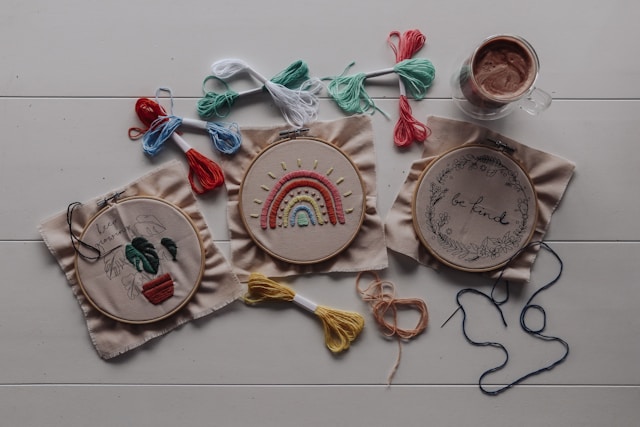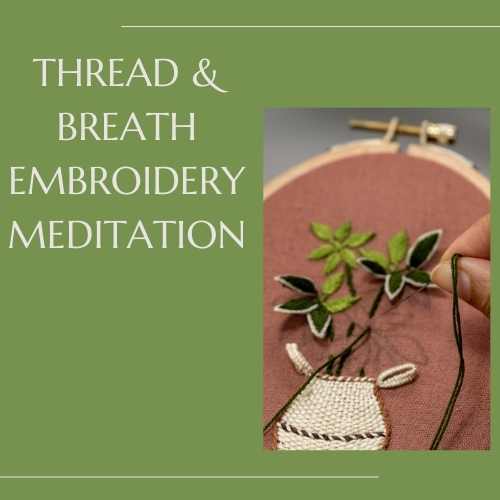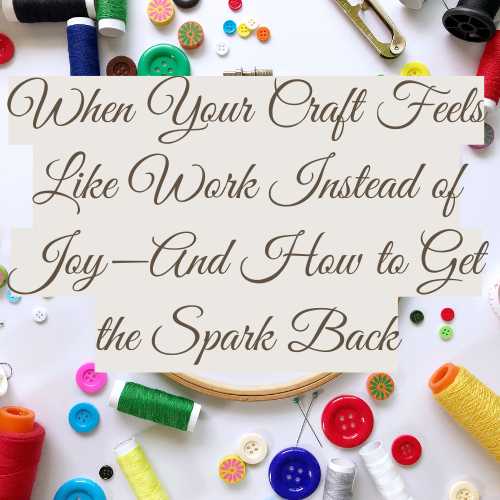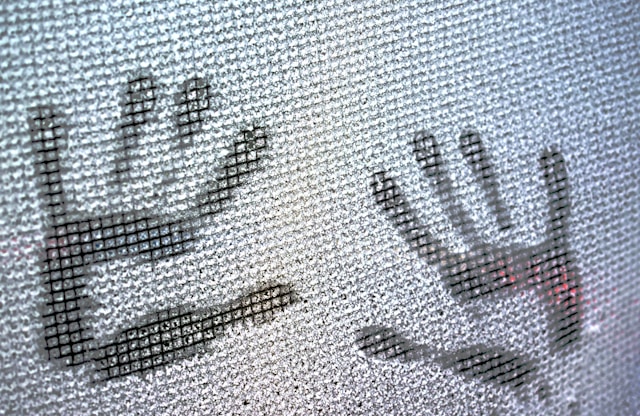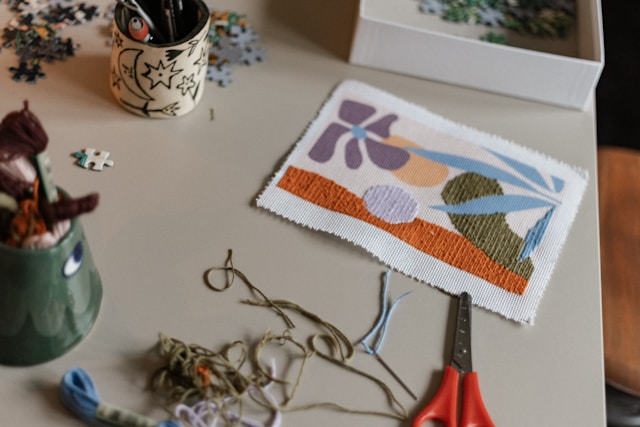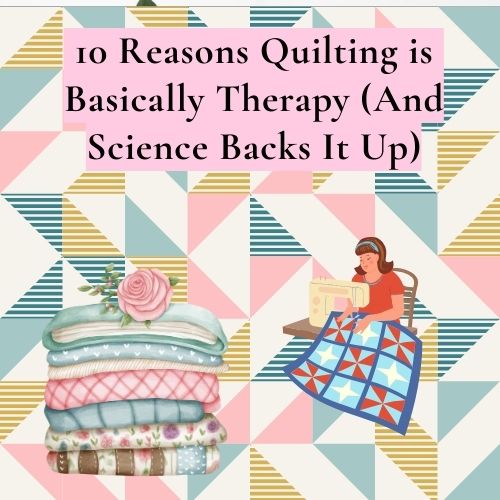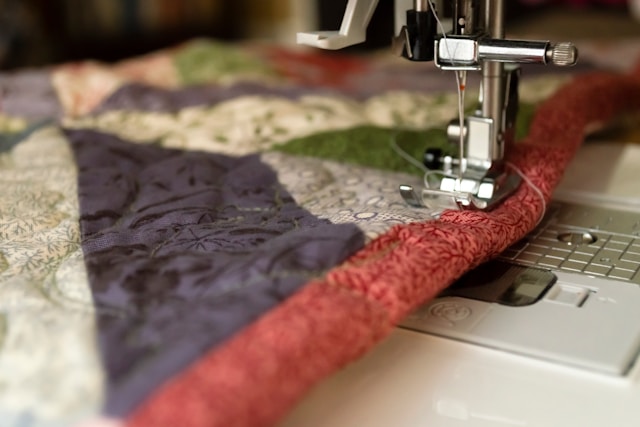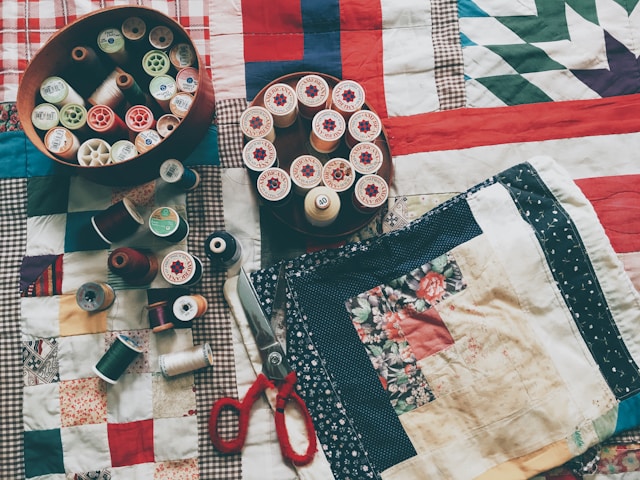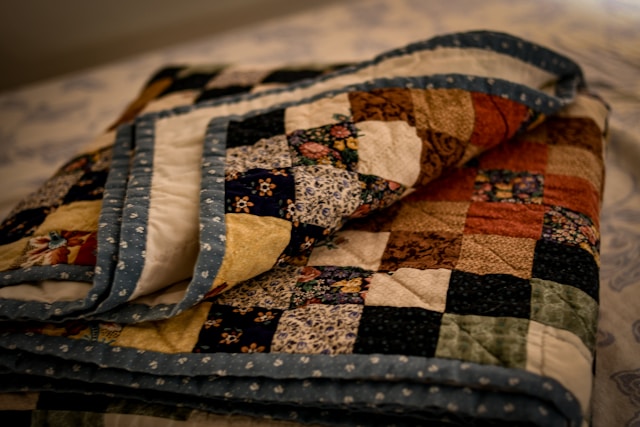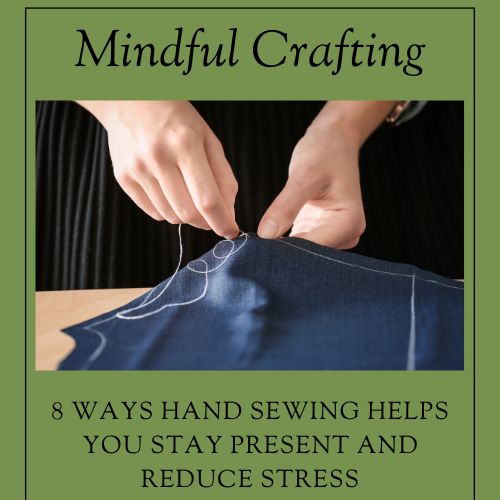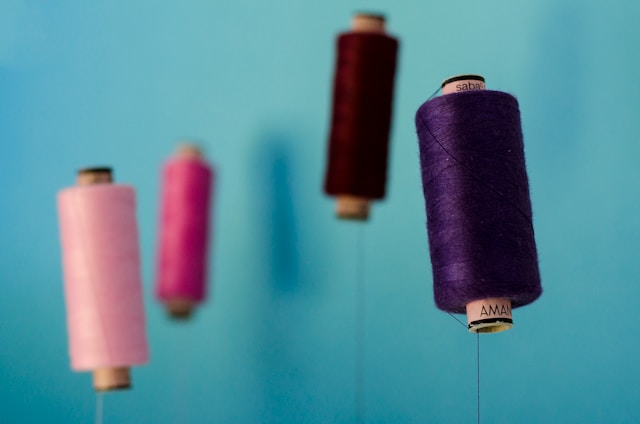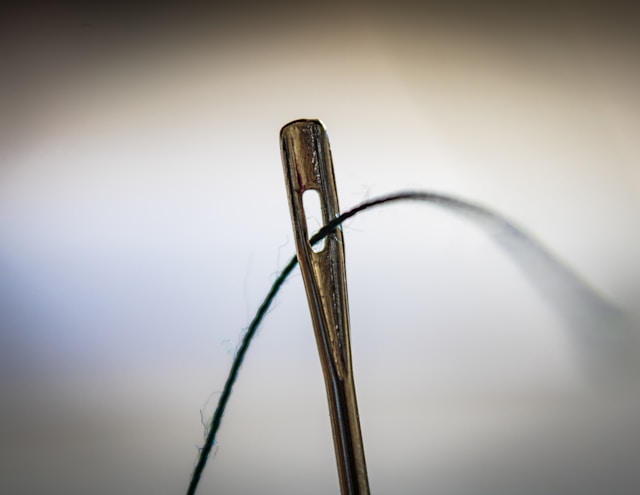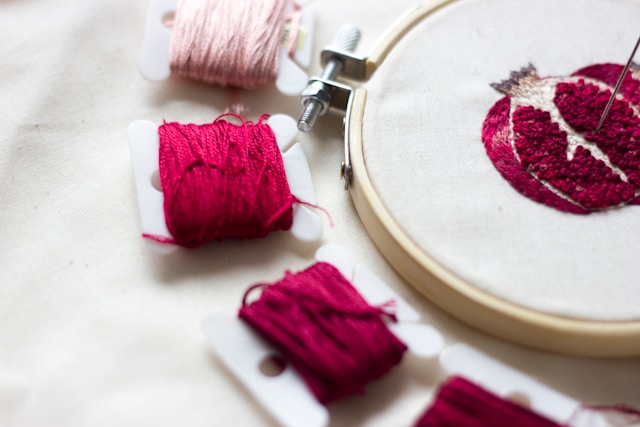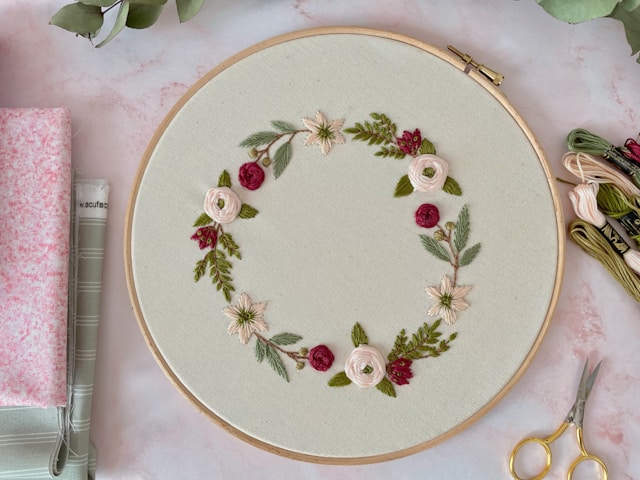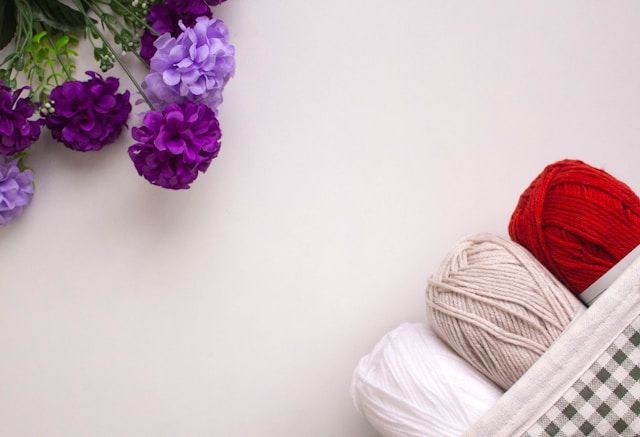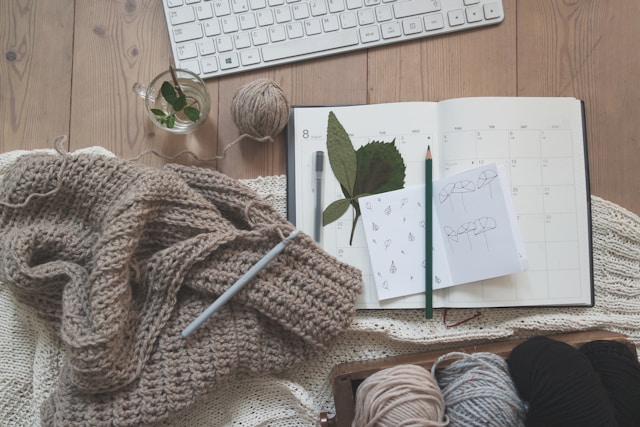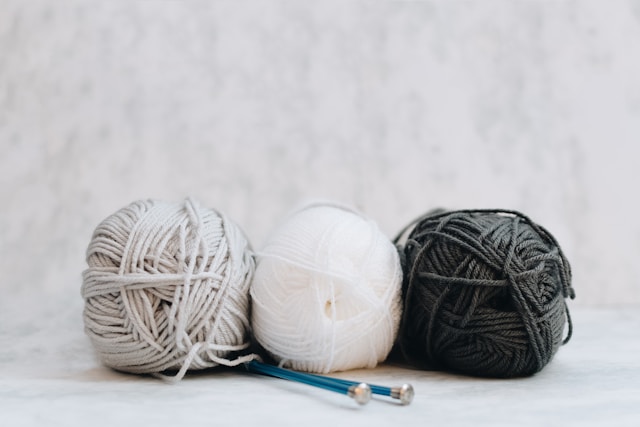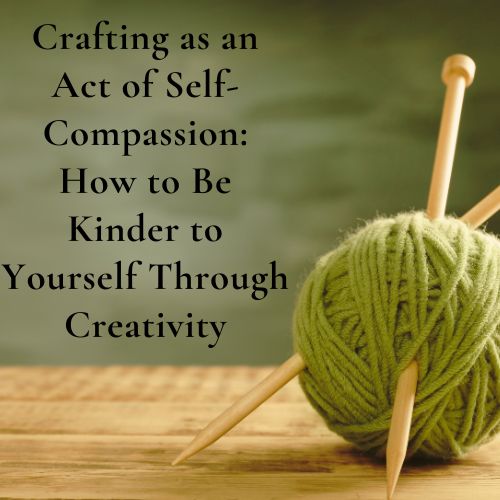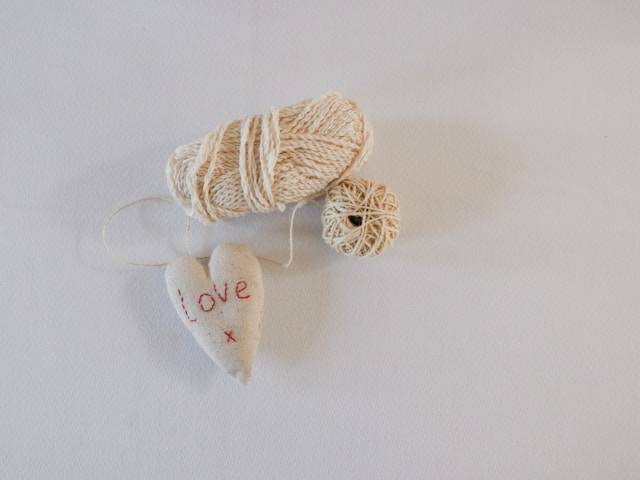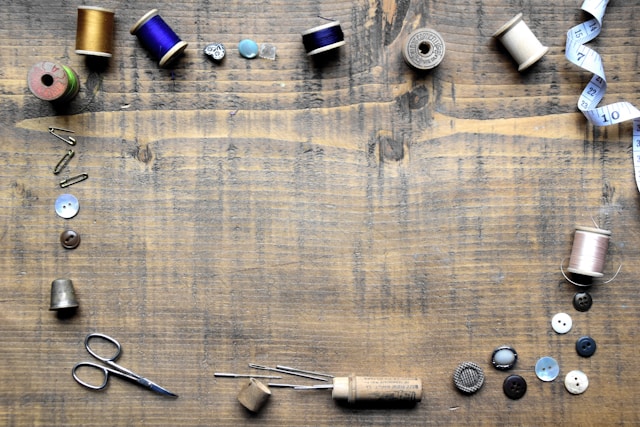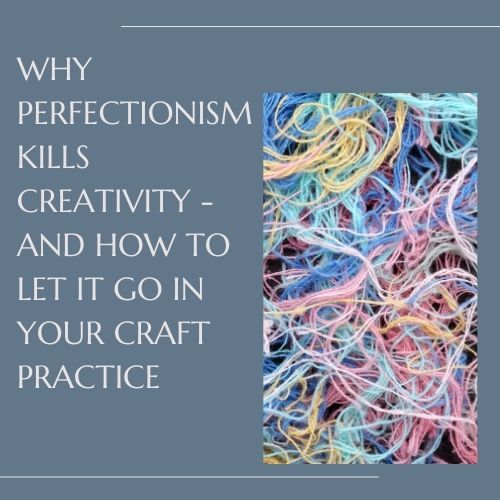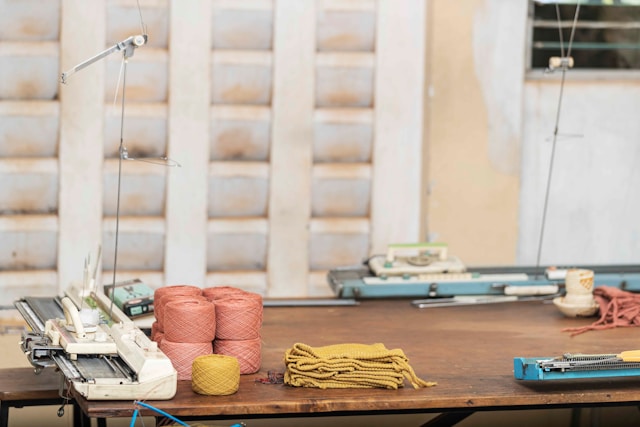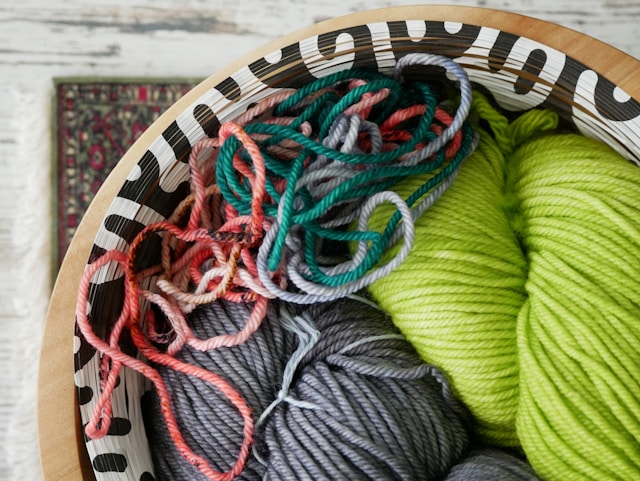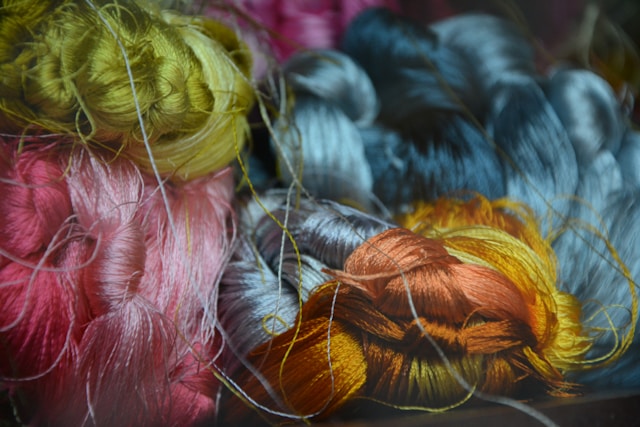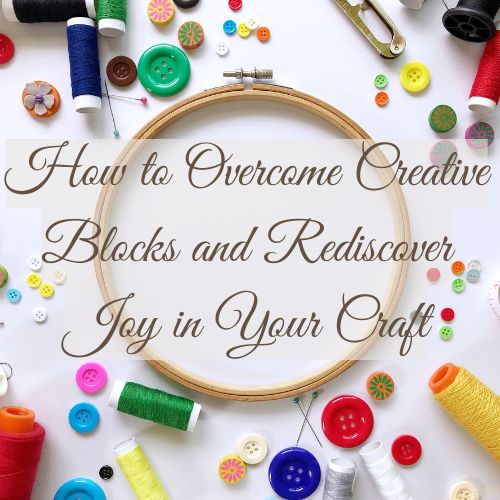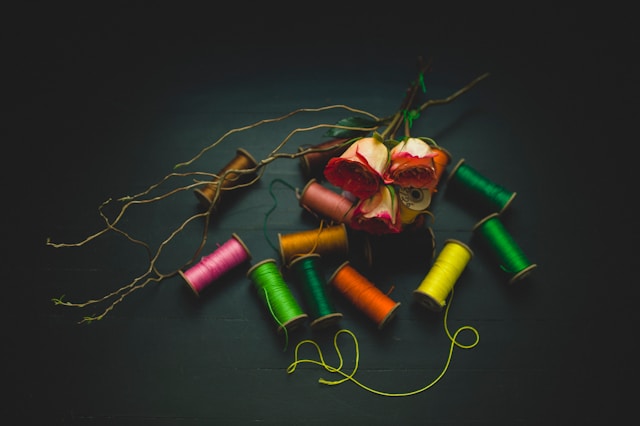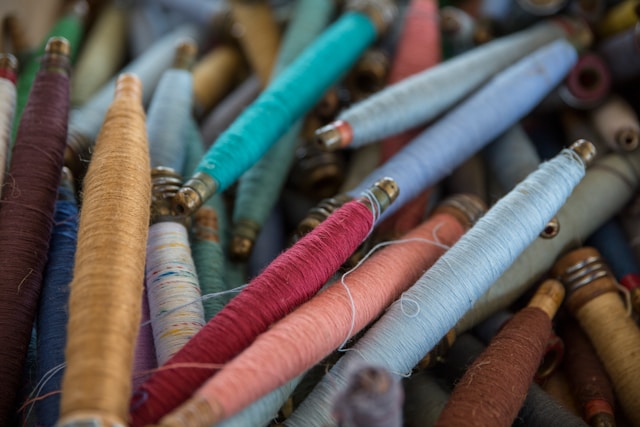At some point, every fiber artist hits a wall. The craft that once brought you peace, joy, and a sense of purpose suddenly feels like a chore. You pick up your project and feel… nothing. Maybe you force yourself to stitch a few rows, but instead of relaxation, you feel frustrated, bored, or restless.
If this sounds familiar, you’re not alone. Creative burnout is real, and it can happen to anyone—even people who love their craft deeply. The good news? Losing your spark doesn’t mean it’s gone forever. It’s a sign that something needs to shift, and with a little attention, you can reignite your creative passion.
Let’s explore why crafting sometimes feels like work instead of joy—and how to bring the spark back into your fiber arts practice.
Why Does Crafting Sometimes Feel Like a Chore?

1️⃣ You’re Putting Too Much Pressure on Yourself
Maybe you’re trying to finish a big project on a deadline. Maybe you’ve set a goal to “finally use up your stash” and now every project feels like an obligation instead of an inspiration. If crafting feels like a “should” rather than a “want,” it’s no wonder it’s draining you.
How to Shift:
- Take a break from “must-finish” projects and start something just for fun.
- Let go of self-imposed rules (like “I can’t buy new yarn until I use what I have”).
- Try a no-pressure creative session where the goal isn’t to finish anything—just to enjoy the process.
2️⃣ You’ve Been Making for Others, Not Yourself
Crafting for gifts, commissions, or charity is wonderful, but when all your projects are for someone else, you might start to lose connection to what you personally love about fiber arts.
How to Shift:
- Start a selfish project—something purely for you, with no deadline or expectation.
- If you do a lot of commission work, balance it with personal creative time.
- Make something small and playful—something you’d never sell or give away.
3️⃣ You’re Stuck in a Creative Rut
If you’re always working on the same kinds of projects, the same colors, the same stitches, your brain might be craving something new and stimulating.
How to Shift:
- Try a new technique—if you always knit, experiment with crochet or embroidery.
- Work with a color you don’t normally use to spark fresh inspiration.
- Pick up a quick and easy project to break up the monotony.
4️⃣ You’ve Lost the Sense of Play
Remember when you first started crafting? Everything was an experiment, and you weren’t afraid to try (and fail). But as we get better at our craft, we sometimes lose that sense of playfulness—we become focused on perfection, productivity, or following the “rules.”
How to Shift:
- Give yourself permission to make something ugly. Use scrap yarn, mix wild colors, or experiment with freeform stitching.
- Try a 15-minute creativity challenge—set a timer and make something quick with zero expectations.
- Join a craft-along or creative challenge to shake up your routine.
5️⃣ You’re Emotionally or Mentally Drained
Burnout isn’t always about crafting—it’s about you. If you’re overwhelmed, stressed, or emotionally exhausted, your creativity may feel blocked.
How to Shift:
- Instead of pushing through, take a real break. Step away from your craft for a few days (or even weeks) without guilt.
- Reconnect with what originally made you love fiber arts. Was it the textures? The colors? The meditative stitching?
- If traditional crafting feels like too much, do something low-effort like winding yarn, sorting fabric, or flipping through pattern books.
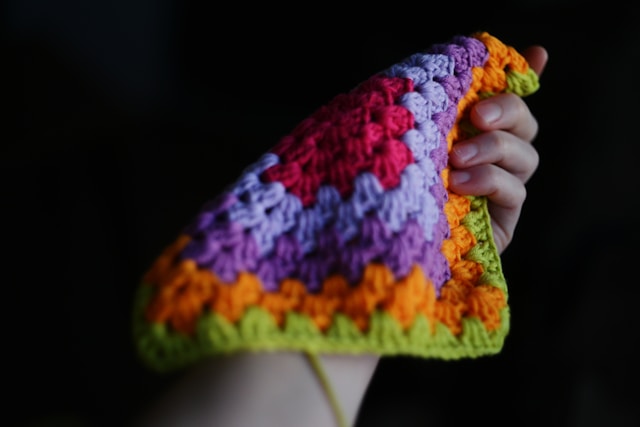
6️⃣ You’re Overwhelmed by Too Many Choices
Sometimes, the problem isn’t that you don’t want to craft—it’s that you don’t know where to start. Maybe you have a massive yarn stash, stacks of quilting fabric, or too many WIPs (works in progress) to choose from. The sheer weight of decision-making can be paralyzing.
How to Shift:
- Limit your choices—put away some of your supplies and only keep out a small, curated selection to work from.
- Create a priority list of unfinished projects and pick one to complete before starting something new.
- If you can’t decide, flip a coin or let chance guide you—draw a random pattern or color from a jar and commit to it!
7️⃣ You’re Comparing Yourself to Others
Social media can be a great source of inspiration, but it can also make us feel like we’re falling behind. Seeing beautifully staged photos of intricate, perfectly crafted projects might leave you thinking, Why doesn’t my work look like that? or I’ll never be that good. If you start crafting with an internalized expectation of perfection, it’s easy to lose motivation.
How to Shift:
- Remind yourself that social media is a highlight reel, not reality—people don’t post the dropped stitches, tangled thread, or abandoned projects.
- Unfollow or mute accounts that make you feel inadequate instead of inspired.
- Focus on your own creative journey—compare your work today to your past progress, not to someone else’s work.
8️⃣ You’re Feeling Isolated in Your Creativity
Crafting is often a solitary activity, which can be peaceful—but if you’re feeling unmotivated, lack of connection might be part of the issue. Fiber arts have historically been deeply communal (think quilting bees, knitting circles, and sewing guilds), and sometimes we need that sense of shared creativity to reignite our passion.
How to Shift:
- Join a crafting group, virtual stitch night, or fiber arts class to connect with other makers.
- Try a craft-along (CAL/KAL or quilt-along) to feel part of something bigger.
- Invite a friend to craft together in person or over Zoom—even if you’re working on different projects, the shared energy can make crafting feel exciting again.
9️⃣ The Project You’re Working on Feels Too Easy (or Too Hard)
If your project is too simple, your mind might wander, and you could lose interest. If it’s too challenging, frustration may creep in, making you avoid it altogether. Finding the right balance between engagement and ease is key to keeping your craft enjoyable.
How to Shift:
- If a project feels too easy, add a creative challenge—try incorporating a new stitch, technique, or unexpected color.
- If it’s too difficult, break it into smaller, manageable steps so you don’t feel overwhelmed.
- Have a mix of projects—one that’s comforting and repetitive and one that stretches your skills.
🔟 You’re Simply Burned Out & Need a Break
Sometimes, the reason crafting feels like work is because your brain and body are asking you to rest. If you’ve been pushing yourself too hard in other areas of life, your creative energy might be depleted.
How to Shift:
- Take an intentional break from crafting—sometimes a little distance makes you appreciate it more.
- Try a different creative outlet—writing, doodling, even taking a walk to gather inspiration.
- Give yourself permission to rest without guilt—your craft will be there when you’re ready.
How to Fall Back in Love with Your Craft
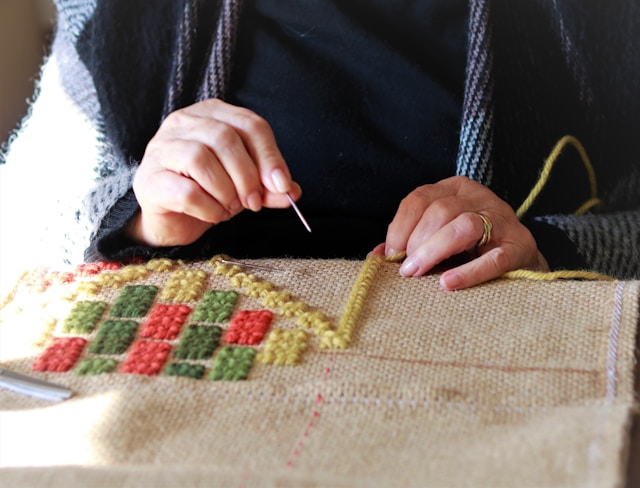
✨ Give yourself a “creative reset” day. Dedicate one session to pure exploration—no goals, no pressure, just experimenting.
✨ Switch to a different fiber craft. If you’ve been crocheting nonstop, try embroidery. If you’re always knitting, play with sewing.
✨ Create a mood board for inspiration. Gather colors, textures, and images that excite you creatively.
✨ Make something tiny. Instead of committing to a big project, make a quick, satisfying piece—a small quilt block, a knit swatch, an embroidered patch.
✨ Set up a cozy crafting ritual. Light a candle, put on a favorite playlist, and turn crafting into a relaxing, joyful experience.
✨ Revisit an Old Favorite Project – Pull out a project or technique that used to bring you joy. Sometimes, revisiting a familiar stitch or pattern can remind you why you fell in love with fiber arts in the first place.
✨ Make Something Just for the Experience, Not the Outcome – Try a process-focused craft like freeform crochet, improv quilting, or intuitive embroidery. Let go of the final result and just enjoy making.
✨ Go on a “Creative Field Trip” – Visit a local yarn shop, fabric store, or textile exhibit for fresh inspiration. Even if you don’t buy anything, surrounding yourself with colors and textures can reignite excitement.
✨ Organize Your Supplies in a Way That Feels Inspiring – Rearranging your stash, displaying your favorite yarns, or tidying up your workspace can make crafting feel inviting again.
✨ Find a Fiber Arts Community – Join an online group, attend a local meet-up, or participate in a virtual craft-along. Connecting with others who share your passion can bring renewed excitement to your practice.
✨ Give Yourself a No-Strings-Attached Crafting Week – Set a challenge where you craft only when you feel like it—no guilt, no deadlines, no pressure to finish. Just make whatever feels good in the moment.
✨ Experiment with a Limited Palette – If too many choices feel overwhelming, challenge yourself to make something using only three colors, a single fiber type, or a small set of materials. Constraints can spark creativity.
✨ Read About Other Makers – Whether it’s an interview with a fiber artist, a book on textile traditions, or a documentary about handcrafts, learning how others connect to their craft can be deeply inspiring.
✨ Gift Yourself a “Play” Project – Buy a skein of yarn in a color you’d never normally choose, pick up an embroidery kit just for fun, or experiment with a fiber you’ve never worked with before.
✨ Do a 10-Minute Creative Warm-Up – Before starting a big project, spend 10 minutes making something small and freeing—a quick swatch, a tiny appliqué, or a spontaneous stitch sampler to ease into creative flow.

Craft to Heal: Reigniting Creativity & Finding Joy in Fiber Arts
If crafting has felt like a chore instead of a joy, you’re not alone. Craft to Heal is a workshop series designed to help fiber artists reconnect with their creativity, explore new ways of making, and bring intention back to their craft.
Whether you’re feeling burned out, creatively blocked, or just want to bring more mindfulness and meaning into your fiber arts practice, this series is for you.
You Might Also Like to Read:
